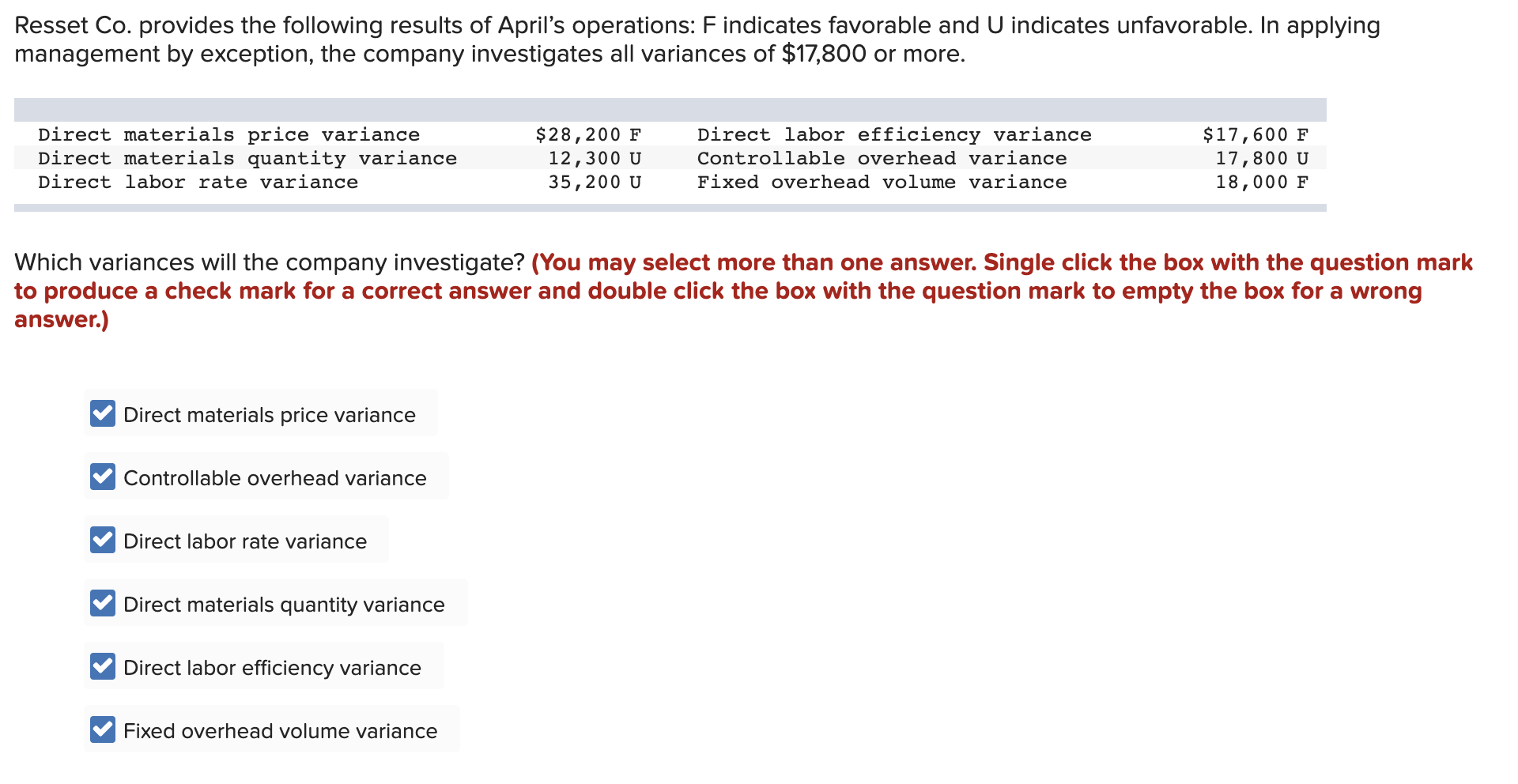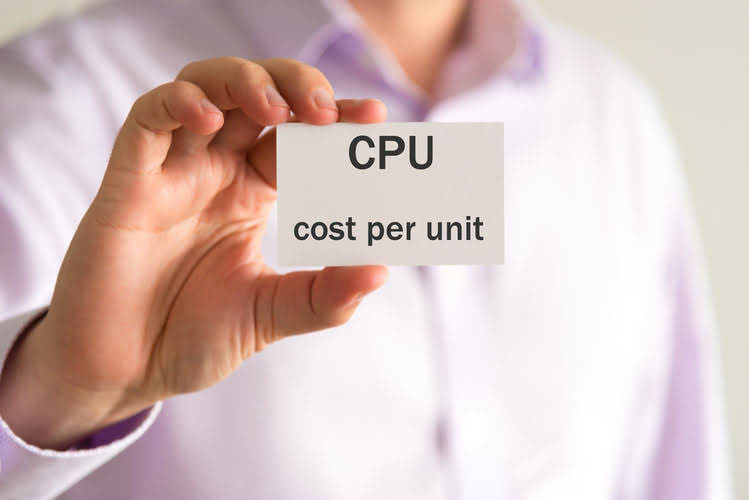
The current assets include cash, cash equivalents, accounts receivable, inventory, and other assets that can be easily converted into cash within a year. The current liabilities include accounts payable, short-term debt, https://online-accounting.net/ and other debts that are due within a year. By dividing current assets by current liabilities, the current ratio provides insight into a company’s ability to pay off its short-term obligations using its current assets.
For instance, a company may decide to pay off a debt to lower its current liabilities, which could temporarily lower its current ratio. When the current ratio is less than 1 (from 0.2 to 0.6), the business lacks the resources to pay its current obligations. Working capital is the difference between a company’s current assets and current liabilities. Working capital investments are included in a future free cash flow estimate by being a part of current FCF estimate.
What Is The Current Ratio?
Working capital is calculated by taking a company’s current assets and deducting current liabilities. For instance, if a company has current assets of $100,000 and current liabilities of $80,000, then its working capital would be $20,000. Common examples of current assets include cash, accounts receivable, and inventory. Examples of current liabilities include accounts payable, short-term debt payments, or the current portion of deferred revenue.
- So, it reflects the short-term liquidity of the particular company and the degree of operational efficiency we can measure based on a higher current asset over current liabilities.
- When a company has exactly the same amount of current assets and current liabilities, there is zero working capital in place.
- The working capital turnover ratio and the current ratio are both liquidity ratios that measure a company’s ability to meet its short-term obligations.
- It’s just a sign that the short-term liquidity of the business isn’t that good.
- If a company’s current ratio is less than one, it may have more bills to pay than easily accessible resources to pay those bills.
The working capital turnover ratio is a better measure of liquidity than the current ratio if you want to compare the efficiency with which different companies use their working capital. However, the current ratio is a better measure of liquidity if you want to compare the liquidity of companies of different sizes or if you are concerned about a company’s ability to meet its short-term obligations. The working capital turnover ratio and the current ratio are both liquidity ratios that measure a company’s how to figure the common size balance-sheet percentages ability to meet its short-term obligations. Companies may use days sales outstanding to better understand how long it takes for a company to collect payments after credit sales have been made. While the current ratio looks at the liquidity of the company overall, the days sales outstanding metric calculates liquidity specifically to how well a company collects outstanding accounts receivables. Working capital is a financial metric that measures a company’s short-term liquidity and operating efficiency.
Working Capital Turnover Formula
In other words, it is generating a higher dollar amount of sales for every dollar of working capital used. Certain current assets may not be easily and quickly converted to cash when liabilities become due, such as illiquid inventories. Keeping some extra current assets ensures that a company can pay its bills on time. “There are many different ways to figure current assets and current liabilities and just as many ways to fudge the numbers if you wanted,” says Knight. “So if you’re outside a company, looking in, you never know if they’re telling the complete truth.” In fact, he says, you often don’t know what you’re looking at. “When you’re looking at a statement, you’re looking at the competence and integrity of the executive team that prepared it.” Therefore, he says, it’s not a number you can easily compare with other companies.
Short Interest in The First Bancorp, Inc. (NASDAQ:FNLC) Declines … – MarketBeat
Short Interest in The First Bancorp, Inc. (NASDAQ:FNLC) Declines ….
Posted: Mon, 04 Sep 2023 03:00:51 GMT [source]
It is presented on every company’s cash flow statement under Cash From Operations. Working capital and current ratio paint two separate pictures about a business. To understand those pictures, we need to know the subtleties of each formula.
Example of the Current Ratio Formula
However, if you’re assessing a supplier’s financial stability or evaluating long-term partnerships, considering their current ratio can provide valuable insights. Improving working capital requires careful management of cash flow by optimizing collection times from customers or negotiating favorable payment terms with vendors. Enhancing efficiency in inventory management also plays a significant role in freeing up funds tied up in excess stock.
- The current ratio measures a company’s ability to pay its short-term debts by comparing its current assets to its current liabilities.
- To understand those pictures, we need to know the subtleties of each formula.
- A ratio less than 1 is always a bad thing and is often referred to as negative working capital.
- When current assets exceed current liabilities, the firm has enough capital to run its day-to-day operations.
- Suppliers may want to know whether they’re going to get their bills paid and customers may want to know how long they’re going to be able to do business with you if they rely on your product or service.
Working capital is an essential measure of a company’s short-term liquidity, or its ability to meet its financial obligations in the near future. Whether you’re looking to improve working capital, make strategic investments, or simply gain a better understanding of your business’s financial health, mastering these metrics is a crucial first step. Both line items for the current ratio are found in every company’s consolidated balance sheet inside the company 10-K. This calculation gives you a firm understanding what percentage a firm’s current assets are of its current liabilities.
With NetSuite, you go live in a predictable timeframe — smart, stepped implementations begin with sales and span the entire customer lifecycle, so there’s continuity from sales to services to support. Myos offers Purchase financing that allows you to order goods from your supplier, while Myos handles the deposit or balance payment. You no longer have to worry about missing out on exciting business opportunities due to short-term cash flow problems.
Accounts Senior – QBE – Preston Area
It indicates the healthy financial position of a company and a balanced ratio. 1.2 Ratio indicates that the company has $1.2 of current assets to cover each $1 of current liabilities. Companies with a current ratio higher than 2 (from 2.1 to 2.5) have more than enough cash on hand to meet their debt obligations. As a result, it suggests inefficient use of current assets and an excess of such resources. Because of all of these possible reasons a company might keep excess cash, it’s not uncommon to see excess cash on a company’s balance sheet. This pushes up current assets and the current ratio, but doesn’t mean a company has high working capital needs.

Working capital represents what a company currently has to finance its immediate operational needs, such as obligations to its vendors, inventory, and accounts receivable. In procurement specifically, understanding these differences becomes crucial. A healthy amount of working capital ensures that suppliers can be paid promptly without affecting business operations negatively.
Working Capital Turnover Ratio: Meaning, Formula, and Example
While the current ratio is a measure of how effectively current assets are used to pay down current liabilities. The current ratio is called current because, unlike some other liquidity ratios, it incorporates all current assets and current liabilities. For example, industries with high inventory turnover, such as retail, may have lower current ratios due to their focus on quickly turning over inventory to generate cash. On the other hand, industries with longer operating cycles, such as construction, may have higher current ratios to account for longer payment cycles. When the current ratio is less than 1– let’s say around 0.2 to 0.6, it indicates that the company has not have enough resources to pay off its current liabilities.
In addition, it is essential to compare a company’s working capital and current ratio to industry averages and benchmarks, as these can vary widely by industry and company size. Working capital and the current ratio are both crucial metrics in financial analysis. Another difference is that working capital considers all current assets and liabilities. Accounting software can also help with automating accounts receivable and invoicing, monitoring costs and revenue, managing cash and payment methods, and much more.
As discussed above, inventory can be tough to sell off so when you subtract it, nearly everything else in the liabilities is cash or easily turned into cash. “So this ratio will tell you how easy it would be for a company to pay off its short-term debt without waiting to sell off inventory,” explains Knight. “For businesses that have a lot of cash tied up in inventory, lenders and vendors will be looking at their quick ratio.” However, most people will look at both together, says Knight, often comparing the two. In procurement, understanding the current ratio can be crucial when evaluating suppliers’ financial health and stability. A supplier with a low or declining current ratio may struggle to meet their payment obligations in time, potentially disrupting your own operations if you rely on them heavily.
Calculating the current ratio at just one point in time could indicate that the company can’t cover all of its current debts, but it doesn’t necessarily mean that it won’t be able to when the payments are due. A ratio under 1.00 indicates that the company’s debts due in a year or less are greater than its assets—cash or other short-term assets expected to be converted to cash within a year or less. A current ratio of less than 1.00 may seem alarming, although different situations can negatively affect the current ratio in a solid company. To calculate the ratio, analysts compare a company’s current assets to its current liabilities.












